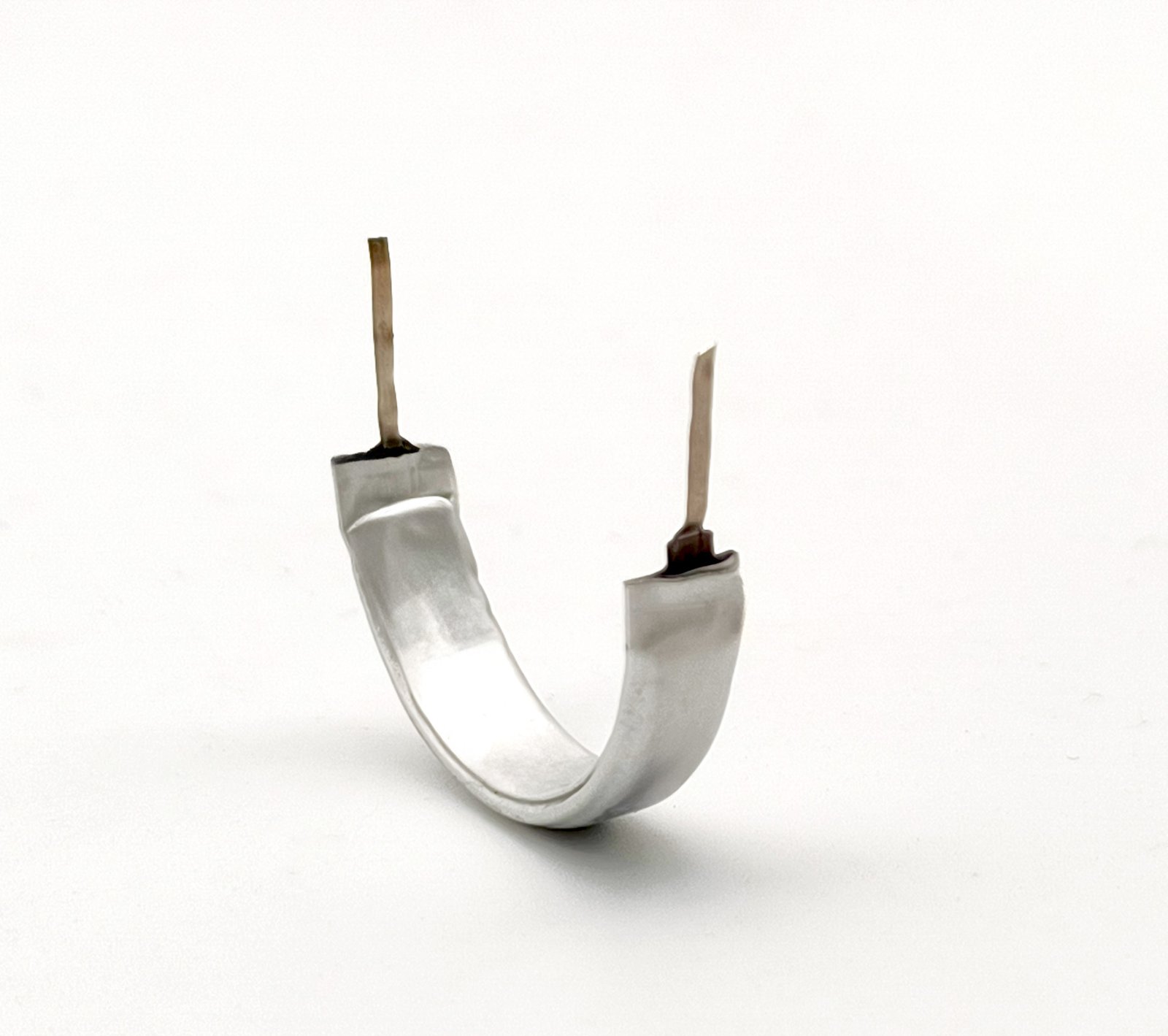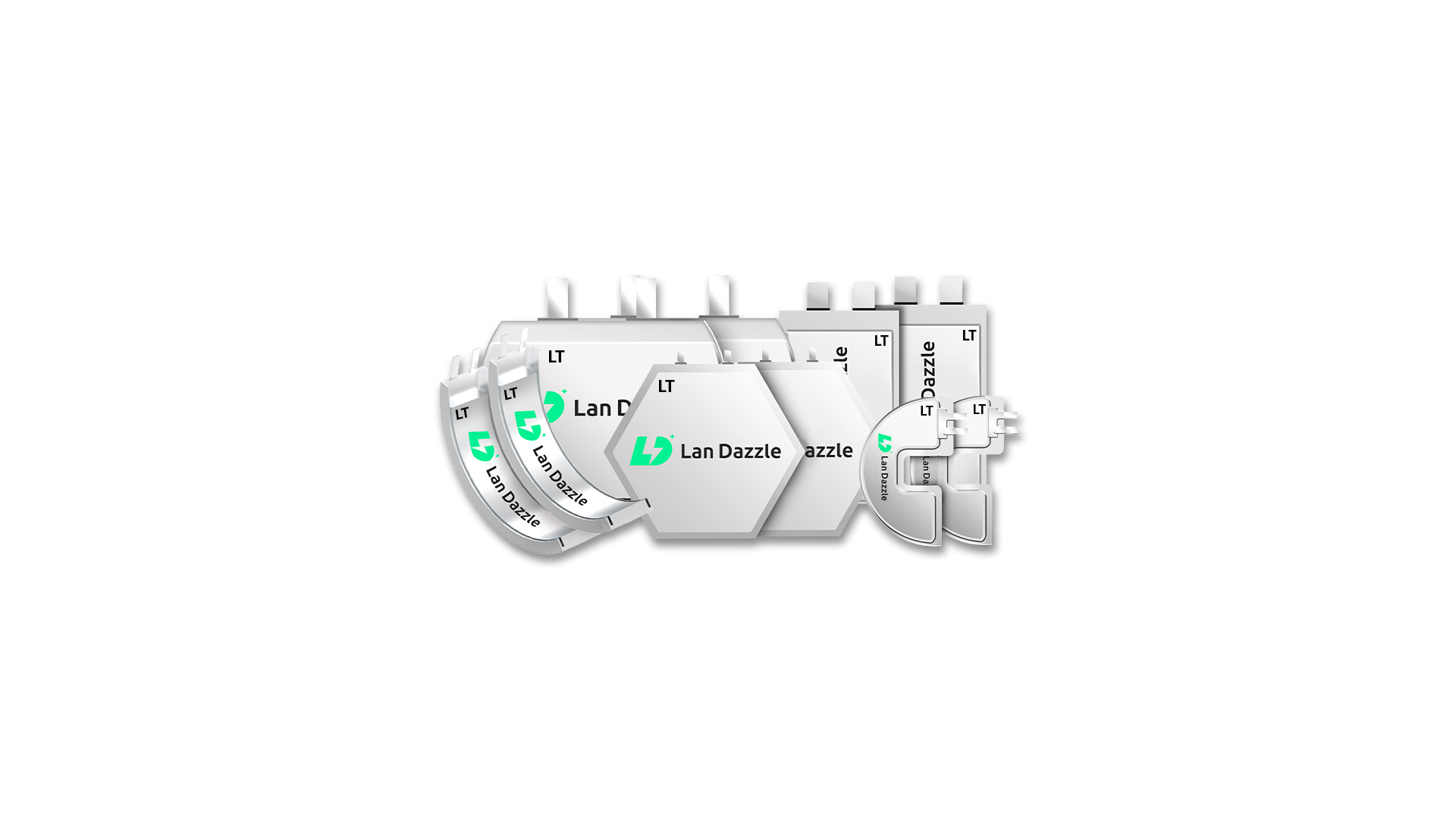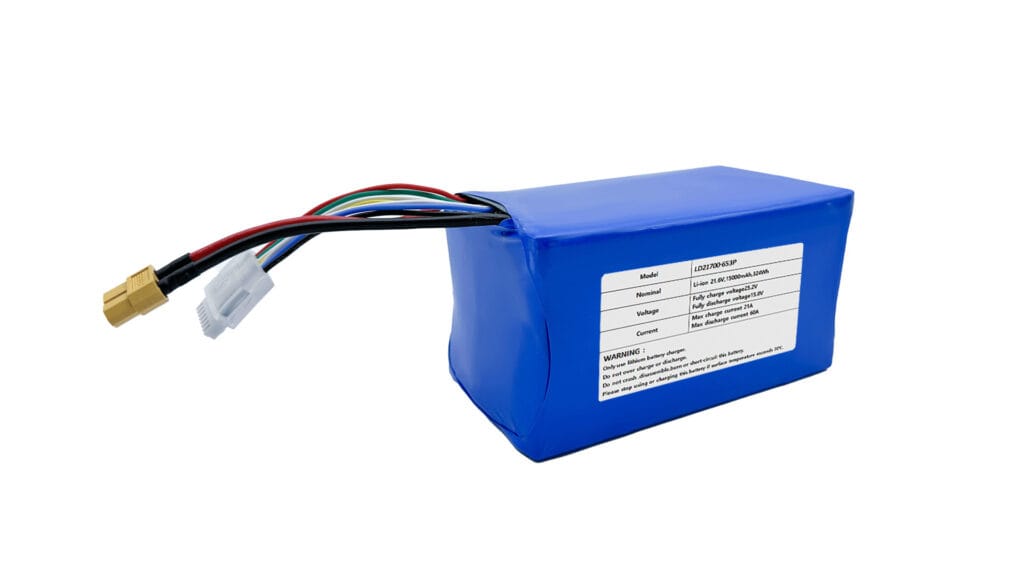From the smartphones that connect us to the world to the drones that give us a bird’s-eye view, lithium-polymer (LiPo) batteries are the unsung heroes of our modern lives. Their lightweight, compact, and flexible nature has revolutionized countless industries. But have you ever wondered what goes into creating these powerful energy sources? The journey of a LiPo battery from raw materials to a fully functional cell is a marvel of modern engineering and chemical precision. This in-depth guide will peel back the layers and reveal the intricate process of how li polymer battery cells are made.
O Lithium Polymer Battery Market was valued at USD 226321 Million in 2030 and grew at a CAGR of 18% from 2024 to 2030. This incredible growth is a testament to the versatility and importance of this technology. So, let’s embark on the fascinating journey of a LiPo battery’s creation.
Essential Materials in Li Polymer Battery Cells
At the heart of every LiPo battery are four key components: the anode, the cathode, the separator, and the electrolyte. The careful selection and combination of these materials are what give LiPo batteries their unique characteristics.
The Anode: The Negative Powerhouse
The anode is the negative electrode of the battery. During charging, it stores lithium ions, and during discharge, it releases them. The most common material for the anode in LiPo batteries is graphite. Its layered crystalline structure is ideal for intercalating (the process of reversibly inserting ions into a material) lithium ions. The anode is coated onto a copper foil, which acts as the current collector, conducting the flow of electrons in the external circuit.
The Cathode: The Positive Counterpart
The cathode is the positive electrode and is the source of the lithium ions. The composition of the cathode material largely determines the battery’s capacity, voltage, and overall performance. Common cathode materials include:
- Lithium Cobalt Oxide (LiCoO_2): Offers high energy density, making it a popular choice for smartphones and laptops.
- Lithium Manganese Oxide (LiMn_2O_4): Provides good thermal stability and a lower cost than cobalt-based cathodes.
- Lithium Nickel Manganese Cobalt Oxide (Li(NiMnCo)O_2): Known as NMC, this cathode offers a balance of energy density, power, and safety. The ratio of nickel, manganese, and cobalt can be adjusted to optimize for specific applications.
The cathode material is coated onto an aluminum foil, which serves as the positive current collector.
The Separator
Sandwiched between the anode and cathode is the separator. This microporous polymer membrane, typically made of polyethylene or polypropylene, plays a critical safety role. It prevents the anode and cathode from coming into direct contact, which would cause a short circuit and potentially a fire. However, the separator’s microscopic pores allow lithium ions to flow freely between the electrodes, which is essential for the battery to function. Think of it as a high-tech gatekeeper, allowing the right things to pass through while preventing disaster.
The Electrolyte
The electrolyte is the medium that facilitates the movement of lithium ions between the anode and cathode. In LiPo batteries, this is not a free-flowing liquid but rather a gel polymer electrolyte. This is the key differentiator from standard lithium-ion batteries. A lithium salt, such as lithium hexafluorophosphate (LiPF_6), is dissolved in a solvent and then immobilized in a polymer matrix. This gel-like consistency is what allows for the thin, flexible form factor of LiPo batteries.
From Raw Materials to Power Cells: The LiPo Battery Manufacturing Process Step-by-Step
The manufacturing of a LiPo battery is a highly controlled and multi-stage process. Each step requires immense precision to ensure the final product is both reliable and safe.
Step 1: Slurry Preparation – The Perfect Mix
The process begins with the creation of an anode and a cathode slurry. The active materials (graphite for the anode, and a lithium metal oxide for the cathode) are mixed with a binder (like PVDF) and a solvent (such as NMP) in large industrial mixers. This creates a thick, homogenous paste, similar in consistency to paint. The precise ratio of these components is crucial for the battery’s performance.
Step 2: Coating and Drying – Precision in Layers
The prepared slurries are then coated onto their respective current collector foils. The cathode slurry is applied to aluminum foil, and the anode slurry to copper foil. This is done using a continuous coating machine that applies a uniform layer of the slurry. The thickness of this coating is meticulously controlled, often down to the micron level. After coating, the foils are passed through long drying ovens to evaporate the solvent, leaving a dry, solid layer of the active material on the foil.
Step 3: Calendering – Under Pressure
Once dry, the coated foils are passed through a set of heavy rollers in a process called calendering. This compresses the electrode material, increasing its density and ensuring good adhesion to the current collector foil. Calendering also helps to achieve a uniform thickness, which is vital for consistent battery performance.
Step 4: Slitting and Stacking/Winding – Creating the “Jelly Roll”
The calendered electrode sheets are then slit into smaller, precisely dimensioned pieces. These individual anode and cathode sheets, along with the separator, are then assembled in one of two ways:
- Stacking: For pouch cells, the anode, separator, and cathode layers are stacked on top of each other in an alternating fashion.
- Winding: The layers are wound together into a compact roll, often referred to as the “jelly roll.”
This “jelly roll” is the core of the battery, maximizing the electrode surface area within a minimal footprint.
Step 5: Pouch Forming and Sealing – Encasing the Power
The assembled electrode stack or “jelly roll” is then placed into a flexible, multi-layer pouch, typically made of a laminated aluminum film. This pouch provides a lightweight and durable casing for the battery. The pouch is then heat-sealed on three sides, leaving one side open for the next step.
Step 6: Electrolyte Injection – Breathing Life into the Cell
In a highly controlled environment with very low humidity (a “dry room”), the gel polymer electrolyte is injected into the open side of the pouch. The electrolyte fills the microscopic pores in the electrodes and the separator. The pouch is then vacuum-sealed to remove any air and ensure a hermetic seal. This prevents moisture from entering the battery, which could lead to degradation and safety issues.
Step 7: Formation, Aging, and Degassing – Activating the Battery
The newly sealed battery is not yet ready for use. It must first undergo a formation process. This involves a very slow initial charge and discharge cycle. During this process, a critical layer called the Solid Electrolyte Interphase (SEI) forms on the surface of the anode. The SEI is essential for the battery’s long-term stability and cycle life.
After formation, the batteries are aged for a period of time to allow the chemical properties to stabilize. During formation and aging, some gas is produced. The batteries are then placed in a vacuum chamber to puncture the pouch, release the gas (degassing), and then reseal it.
Quality Control and Safety: Ensuring Reliable and Safe LiPo Batteries
Given the high energy density of LiPo batteries, quality control and safety are paramount. A single microscopic defect can have serious consequences.
The Importance of a Controlled Environment
The entire manufacturing process, especially the electrolyte injection and sealing stages, takes place in “dry rooms.” These are cleanrooms with extremely low humidity levels. This is because the electrolyte is highly reactive with moisture, which can lead to the formation of harmful byproducts that degrade battery performance and can cause safety hazards.
Testing for Performance and Safety
Every LiPo battery cell undergoes rigorous testing before it leaves the factory. These tests include:
- Capacity and Voltage Checks: To ensure the battery meets its specified performance.
- Internal Resistance Measurement: A low internal resistance is indicative of a healthy battery.
- Cycle Life Testing: A sample of batteries is repeatedly charged and discharged to determine their lifespan.
- Safety Tests: These include overcharge, over-discharge, short circuit, and nail penetration tests to ensure the battery can withstand abuse scenarios.
The Future of LiPo Batteries: Thinner, Safer, and More Powerful
The world of LiPo battery technology is in a constant state of evolution. Researchers and engineers are continuously working on a number of fronts to improve upon this already impressive technology.
Innovations in Materials and Manufacturing
The quest for better batteries is driving innovation in materials science. Scientists are exploring new cathode chemistries that are less reliant on cobalt, a material with ethical and supply chain concerns. Silicon is also being investigated as a potential anode material, as it can store significantly more lithium ions than graphite. On the manufacturing front, advancements in automation and data analytics are leading to more efficient and precise production processes. You can learn more about the latest research by exploring recent scientific advancements in LiPo technology.
The Road Ahead for Flexible Power
The inherent flexibility of the pouch cell design makes LiPo batteries ideal for the next generation of electronics. We are already seeing them in wearables and foldable smartphones. The future holds the promise of even more advanced applications, such as medical implants that conform to the body and smart textiles with integrated power sources.
The journey of a LiPo battery, from a collection of raw materials to the powerhouse in our favorite devices, is a testament to human ingenuity. As technology continues to advance, we can expect these remarkable batteries to become even more integral to our daily lives.
At Lan Dazzle, we specialize in crafting custom Li Polymer battery cells tailored to meet your unique application requirements. Whether you need ultra-thin cells for wearable devices, high-capacity packs for drones, or curved designs for smart rings and helmets, our expert team is ready to engineer a solution just for you. With a strong focus on safety, efficiency, and space optimization, we deliver reliable power tailored to your innovation.
👉 Contact us today at info@landazzle.com para explore our custom battery solutions today and let us power your next breakthrough.





